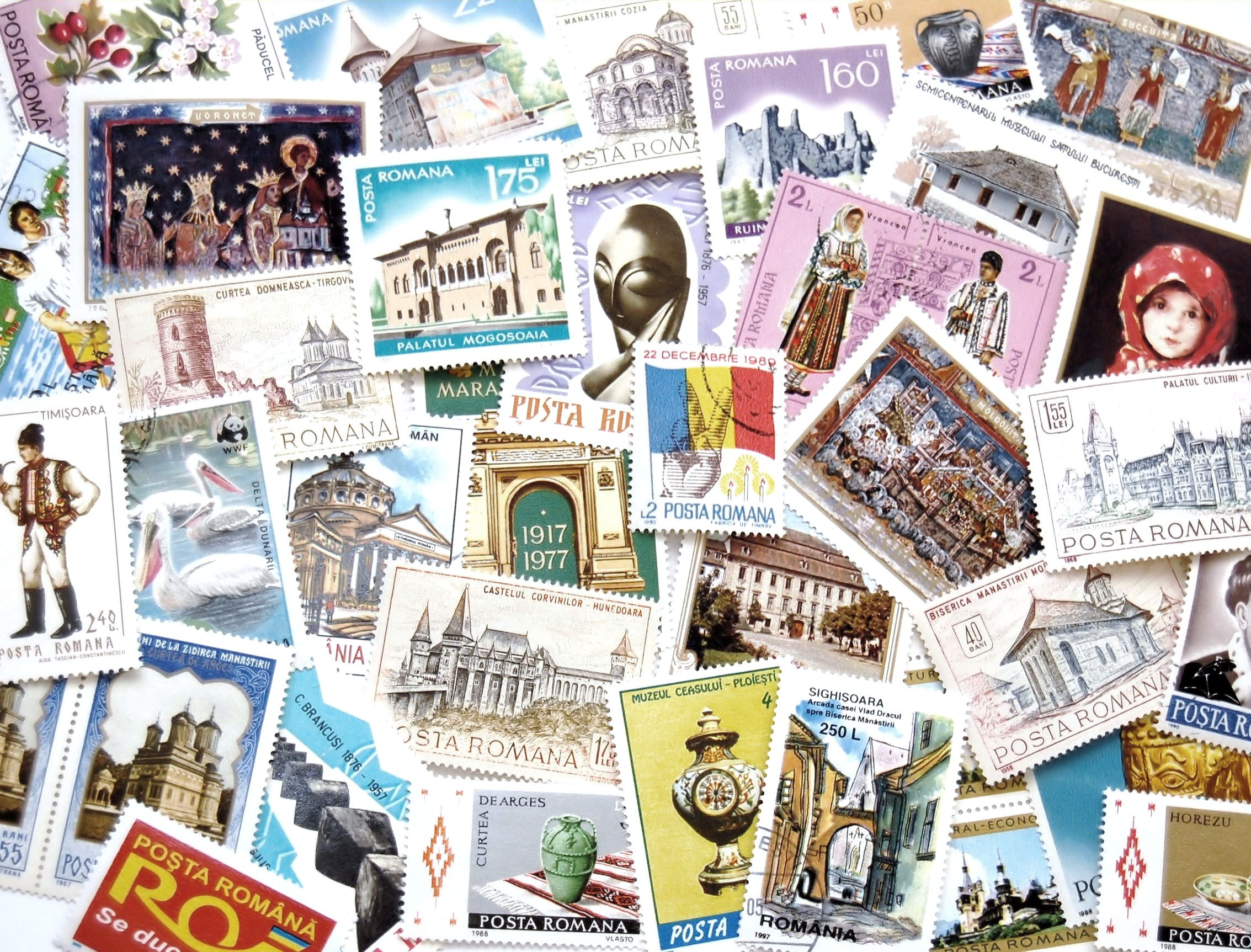With 50 million collectors, stamp-collecting or ‘philately’ is one of the most popular hobbies in the world. Philately started in Britain where postage stamps were first produced, and subsequently spread across the globe as stamps were adopted by other countries.
Stamps were first invented in 1840s Britain, the originals being the Uniform Penny Posts, with the first stamp collector being a British zoologist named John Edward Gray. The Uniform Penny Post is considered to be the first postage stamps as it was the first time a weight-based price system was used for all national posts. Before this, prices were distance-based, involving a record-keeper who did the cumbersome work of keeping track of the distance and payment for every single post. The next notable form of postage stamps was the Penny Black, the first adhesive stamps, also invented in Britain. England’s icon, the young Queen Victoria, was printed on the Penny Black. Initially only distributed in Britain, the Penny Black was separated from other Penny Blacks using a scissor. However, as other countries started adopting this postage stamp system to send posts, the potential to send posts internationally opened up in the form of The Universal Postal Union (UPU) in the 1870s. This then led to perforated stamps, which were quicker to separate. Internalisation of postage stamps allowed stamp designs to diversify, in order for different countries to include their national and cultural symbols.
Diversification in stamp designs increased the types of stamps that could be collected, making philately more exciting for collectors. Stamp collectors soon became divided into two groups: investors, who are more serious about philately, and regular stamp collectors. Investors inevitably end up collecting Penny Blacks, as it is hard to resist the fact that Penny Blacks hold that status of being one of the first stamps in the world. Regular stamp-collectors may also obtain Penny Blacks because millions were distributed at the time they were still used, making them cheaper and more easy to obtain than old editions of other forms of stamps. In fact, philately thrived because of how cheap it is to start, as recipients of posts will essentially get stamps for their collection for free.
However, the popularity of philately soon became its downfall. Certain editions of stamps would become increasingly harder to obtain because of how stamp collectors would jump at the opportunity to get them. The resulting rarity of these stamp editions would increase prices, making philately increasingly inaccessible to people who weren’t rich. It even became expensive to buy local stamps. For example, between 1977 and 1980, stamp prices doubled annually. Poorer nations tried to compensate for this, by introducing new stamps to appeal to collectors. However, investors didn’t consider these new stamps as ‘vintage’ enough to collect. Many long-term stamp-collectors left philately, either because it became too expensive for them, or became too commercialised, making it less ‘fun.’
With the rise of technology, emails and SMS soon replaced physical post. Postage stamp usage is declining as more people prefer to send emails to physical letters. With new technology came hobbies, such as online games, that entertain a new generation of people who are then less likely to focus on ‘non-technological’ and ‘outdated’ hobbies such as philately.
Not all hope is lost for philately however, as philately is slowly gaining traction. Outdated hobbies are coming to be considered ‘retro’ and ‘cool’ by young people, bringing in a new wave of stamp-collectors. Advanced printing techniques also permit more diverse stamp designs, drawing in a new generation of stamp-collectors who are collecting stamps based on themes such as butterflies or flowers. It is almost as if technology, which was considered an obstacle to stamp-collecting, is aiding its recent growth. In 2012, it was reported that the traditionally male-dominated philately became more gender-equal, with as many women collecting stamps as men. As more and more people in a new generation and shifting culture are engaging in philately, philately may not take on the same form as it took at the start. However, hobbies must adapt to changing times, and the fact that the rebirth of philately is due to technology and more women engaging with it, may just be a welcome change in philately that may hopefully sustain the hobby. Thus, even if the new generation of stamp collectors do not hold the same stamp-collecting values as stamp-collectors of old, they enable a reformed version of philately that may last for some time.
Image Credits: KLMircea via Flickr

